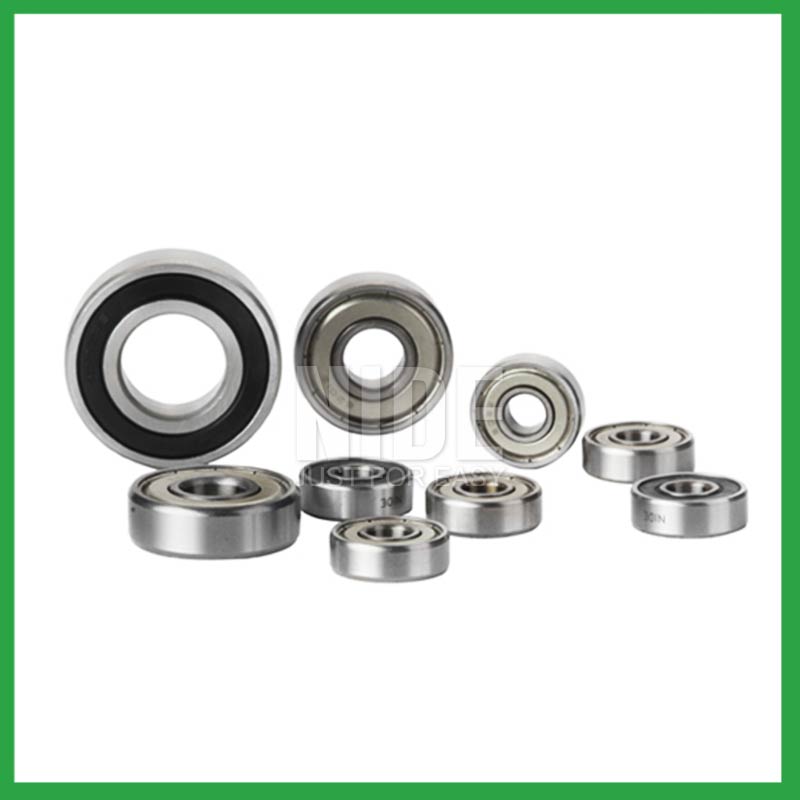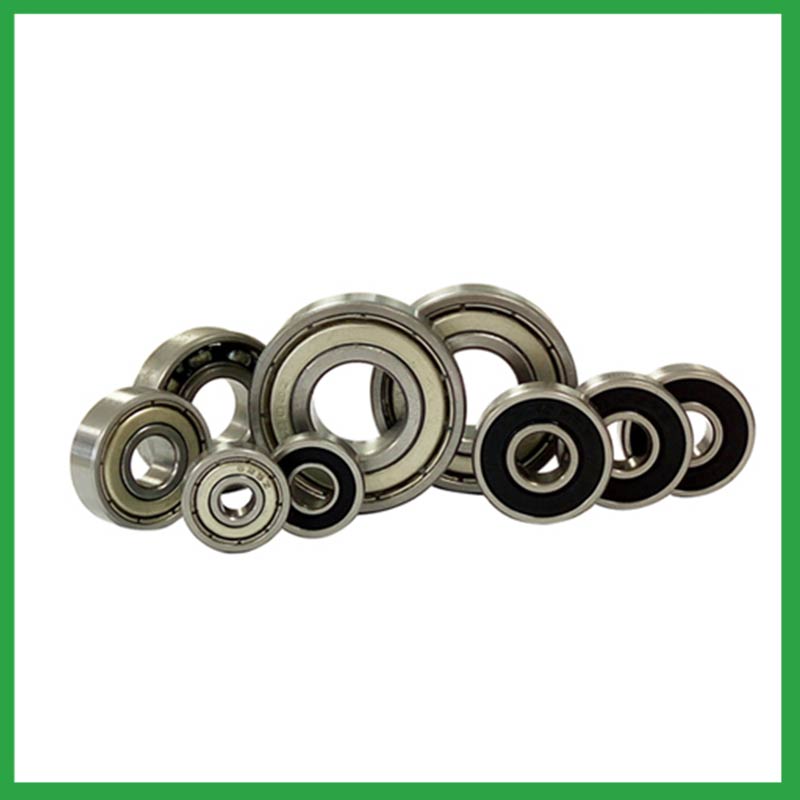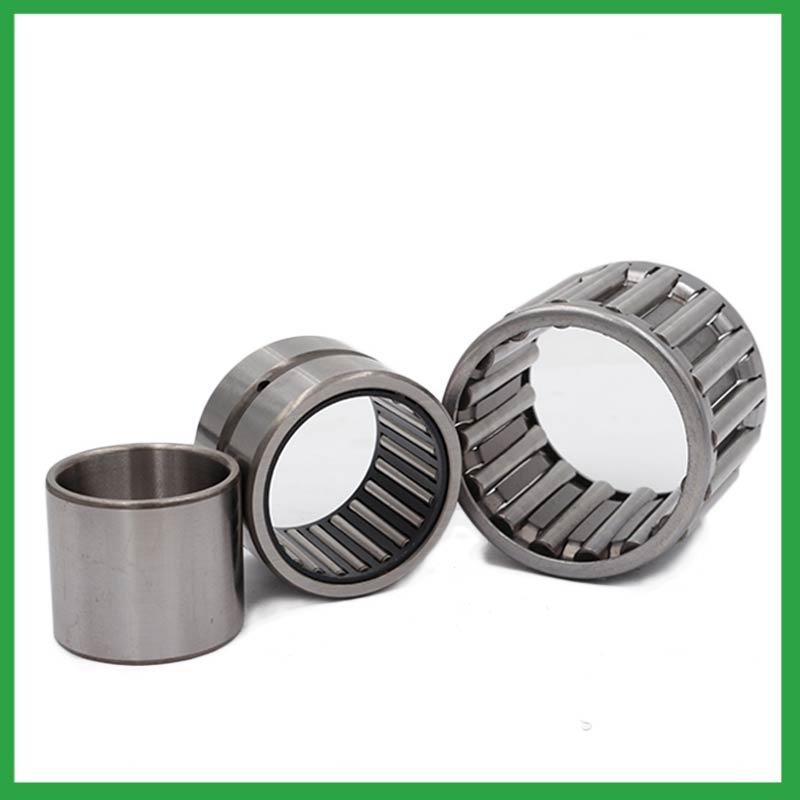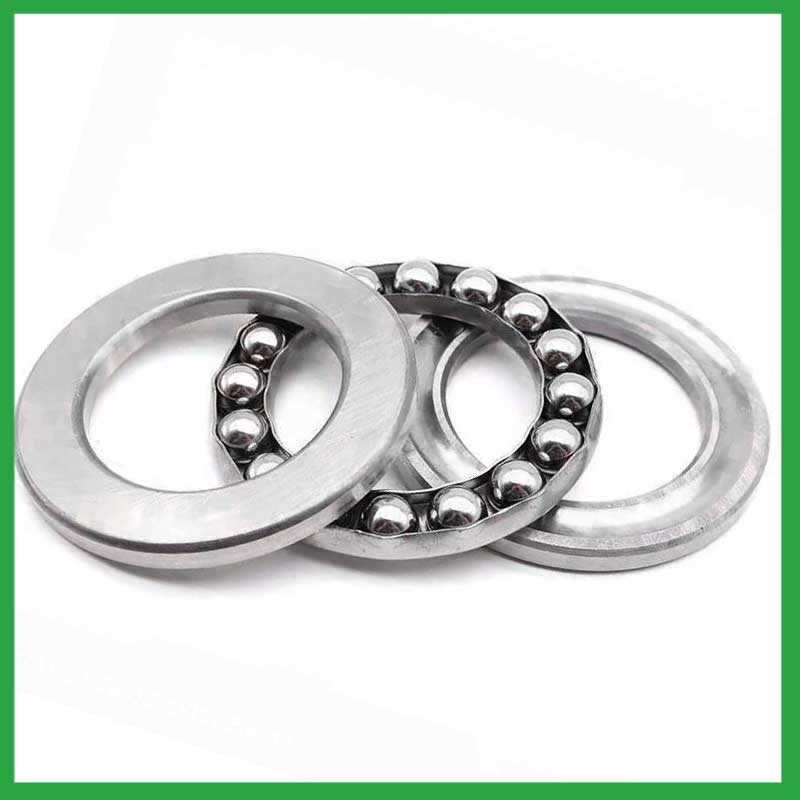PRODUCTS
CONTACT US
Ningbo Nide International Co., Ltd.
一一
· Contact person:Jack Zeng
· Mob/Whatspp/WeChat:0086-13738869026
· Email:emarketing@nide-group.com;marketing4@nide-group.com
· Add:No. 169, Wohushan Road, Daqi Subdistrict, Beilun District, Ningbo, China

Nide team could manufacture ball bearing as per customer’s drawing and samples.
If customer only has samples, we could also design drawing fo r our customer.
We also provide customized service.
Our ball bearing is widely applied the different industrials.
Haishu Nide International is located in Ningbo, Zhejiang Province. Established in 2010, it is a rapidly growing international enterprise. With advanced industrial hubs, complete supply chains, and convenient transportation advantages, combined with a professional team with rich experience in motor manufacturing, we specialize in exporting various bearings to various parts of the world. Our factory has advanced production equipment and testing instruments to ensure that all goods are perfect when received by our customers.
We adhere to strict quality control principles and excellent service. Our main products include fan,thermal protector,motor cover and lamination,carbon brush,magnet,ball bearing,insulation paper, etc. Our products are widely used in fields such as washing machine motor,single and three phase induction motor,fan motor,compress motor,electric bicycle motor,BLDC motor,air condition motor. With the rapid development of the company, we have gained a good reputation and established long-term business relationships with many customers. So far, Nide has provided products to customers in over 50 countries.

| Parameter | Information |
| Product Name | ball bearing technology |
| Brand Name | Nide |
| Place of Origin | Ningbo,China |
| Type | Ball |
| Material | stainless steel, etc. |
| Sample | Avaible |
| Warranty | 3months-1year |
| Lubrication | Dry/ Oil |
| Application | high-speed electric tools, etc. |
| Port | Ningbo/Shanghai |
| Size(mm) | customize |
| Export Country | Argentina,Brazil,South Korea,San Marino,New Caledonia,Bahrain,Vanuatu...etc |
| Export region | America,Oceania,Africa... |
| Certification | ISO 9001 Certification,CE-stator coil lacing machine,ISO9001:2015 certificate,etc |
| Precision Rating | as per customer's requirement |
| Feature | Low Noise,Good wear resistance...etc |
| Packaging Details | Suitable for sea transportation |
| Color | white+customized |
| Seals Type | Rubber seals |
| Service | Prompt Delivery |
| Supply Ability | 100000-500000 Piece/Pieces per Month |
| Lead time (days) | 15-20 (To be negotiated) |
Please note: The above table data is for reference only. For specific information, please contact us.
Bearings with ball bearings as rolling elements mainly include thrust ball bearings,deep groove ball bearings,adjustable ball bearings,self-aligning ball bearings, etc.
During the disassembly process, the outer shell should be kept intact to avoid unnecessary damage;
When replacing installation components, attention should be paid to the accuracy of the support components to prevent deformation;
During the disassembly process, attention should be paid to protecting the surface quality of the ball bearing to ensure its performance;
During the operation, attention should be paid to removing surface dust to ensure the quality of the ball bearing.
Ball bearings have many advantages, making them highly competitive in the market.
Firstly, they are very durable and have good wear performance, making their service life longer than many other types of bearings.
Secondly, they are easy to install and can provide low friction performance in various applications.
Thirdly, they require a relatively low level of maintenance, making them cost-effective.
In addition, compared to many other types of bearings, their purchase cost is relatively low, making them an economical choice.




ball bearing technology---FAQs Guide
2.As a ball bearing technology manufacturer,Your product certifications?
3.What is the production capacity of the factory for ball bearing technology?
4.What are the considerations for selecting sealed or shielded ball bearing technology to protect against contamination and retain lubrication?
5.Can ball bearing technology handle shock loads and high-impact conditions in heavy machinery?
6.How do manufacturers ensure the quality and reliability of ball bearing technology through material selection and precision machining?
7.What maintenance practices are recommended to extend the lifespan of ball bearing technology and prevent premature failure?
8.How do cage materials and designs impact ball bearing technology performance and stability?
9.As a ball bearing technology manufacturer,How Can We Guarantee Quality?
10.What are the common materials used in ball bearing technology manufacturing?
11.What are the considerations for choosing between open, shielded, or sealed ball bearing technology in specific applications?
12.Where can ball bearing technology be used?
13.Can ball bearing technology be used in both vertical and horizontal orientations?
1.How do preload adjustments in ball bearing technology affect their performance and suitability for high-precision tasks?
Benefits of Preloading a Bearing
Optimizes the ball spin to roll ratio.
Increases the rigidity of an application.
Protects from excessive ball skidding.
Decreases application vibration and sliding friction.
High running accuracy (even if load conditions keep changing)
Increases bearing load capacity.
2.As a ball bearing technology manufacturer,Your product certifications?
ISO9001:2015 certificate,ISO 9001 Certification,CE-stator,etc.
3.What is the production capacity of the factory for ball bearing technology?
The production capacity of Ningbo Haishu Nide International is:50000000pcs/month
4.What are the considerations for selecting sealed or shielded ball bearing technology to protect against contamination and retain lubrication?
First, the environment in which your ball bearing technology operate in can help you identify potential contaminants, allowing you to select your shields or seals accordingly. For example, shielded bearings have a gap that can allow finer contaminants or water from washdown applications to enter the bearing and get into the raceways.The challenge for sealing bearings is to seal the bearing by protecting the bearing from contaminants and running efficiencies.

5.Can ball bearing technology handle shock loads and high-impact conditions in heavy machinery?
As a general rule, ball bearing technology are used at higher speeds and lighter loads than are roller bearings. Roller bearings perform better under shock and impact loading. Ball bearings tolerate misalignment better than roller bearings do. Roller bearings can handle heavy combined radial and thrust loads.
6.How do manufacturers ensure the quality and reliability of ball bearing technology through material selection and precision machining?
High-precision measuring instruments, such as micrometers and gauges, are used to check the dimensions of the rings and balls to ensure they meet tight tolerances. Surface Finish Inspection: Surface finish is assessed using profilometers to ensure the required smoothness and low friction characteristics.
7.What maintenance practices are recommended to extend the lifespan of ball bearing technology and prevent premature failure?
Proper handling and installation of ball bearing technology is essential to preventing premature failure. Ensure that bearings are stored and transported in a clean, dry, and vibration-free environment. During installation, ensure that bearings are properly aligned, and torque is applied correctly.
8.How do cage materials and designs impact ball bearing technology performance and stability?
As the core component of rotating machinery, the performance and reliability of high-precision ball bearing technology directly affect the overall performance and life of the machine and instrument . The increase of the rotational speed will aggravate the collision and friction of the cage, which will lead to the decrease of the rotational stability of the cage. The unstable movement of the cage could in turn lead to more severe collision and wear, thus reducing the life and reliability or even the destruction of the bearing.
Therefore, it is very necessary to study the cage stability to guarantee the stable operation of bearings. However, the dynamic characteristics of the cage is very complex. Parameters such as load, rotational speed and lubrication may affect its kinematic and tribological conditions, which leads to the change of its motion behavior.

9.As a ball bearing technology manufacturer,How Can We Guarantee Quality?
Always a Pre-production Sample Before Mass Production;Always Final Inspection Before Shipment.
10.What are the common materials used in ball bearing technology manufacturing?
Most ball bearing technology are made of a type of steel known as high carbon chromium steel, often called chrome steel. This is used for reasons of cost and durability. Bearings are also made from other materials such as stainless steel, ceramics and plastic.
11.What are the considerations for choosing between open, shielded, or sealed ball bearing technology in specific applications?
While sealed bearings offer superior protection and maintenance advantages, shielded ball bearing technology can be more suitable in situations where minimal friction and operating temperature are crucial. It's essential to assess the operational environment and demands before making a selection.
12.Where can ball bearing technology be used?
ball bearing technology are very versatile. They can be designed to withstand radial loads, axial loads and combined radial/axial loads at various operating speeds. These characteristics, combined with the relative cost and compactness of the design, give it universal appeal within the industry. Ball bearings are widely used in electric motors, gear reducers and pumps. Serving the automotive, home appliances, aerospace, oil and gas drilling, and mining sectors.

13.Can ball bearing technology be used in both vertical and horizontal orientations?
Sleeve Bearings: Sleeve bearings, also known as plain bearings, employ a simple yet effective mechanism. A cylindrical sleeve separates the rotating shaft from the stationary portion of the bearing, reducing friction and enabling smooth rotation. Sleeve bearings are characterized by their quiet operation, cost-effectiveness, and suitability for horizontal mounting orientations.
Ball Bearings: Ball bearings introduce small metal balls between the moving parts, providing enhanced durability and reduced friction. This design allows for smoother and more efficient rotation, making ball bearings well-suited for high-performance applications and vertical installations.

